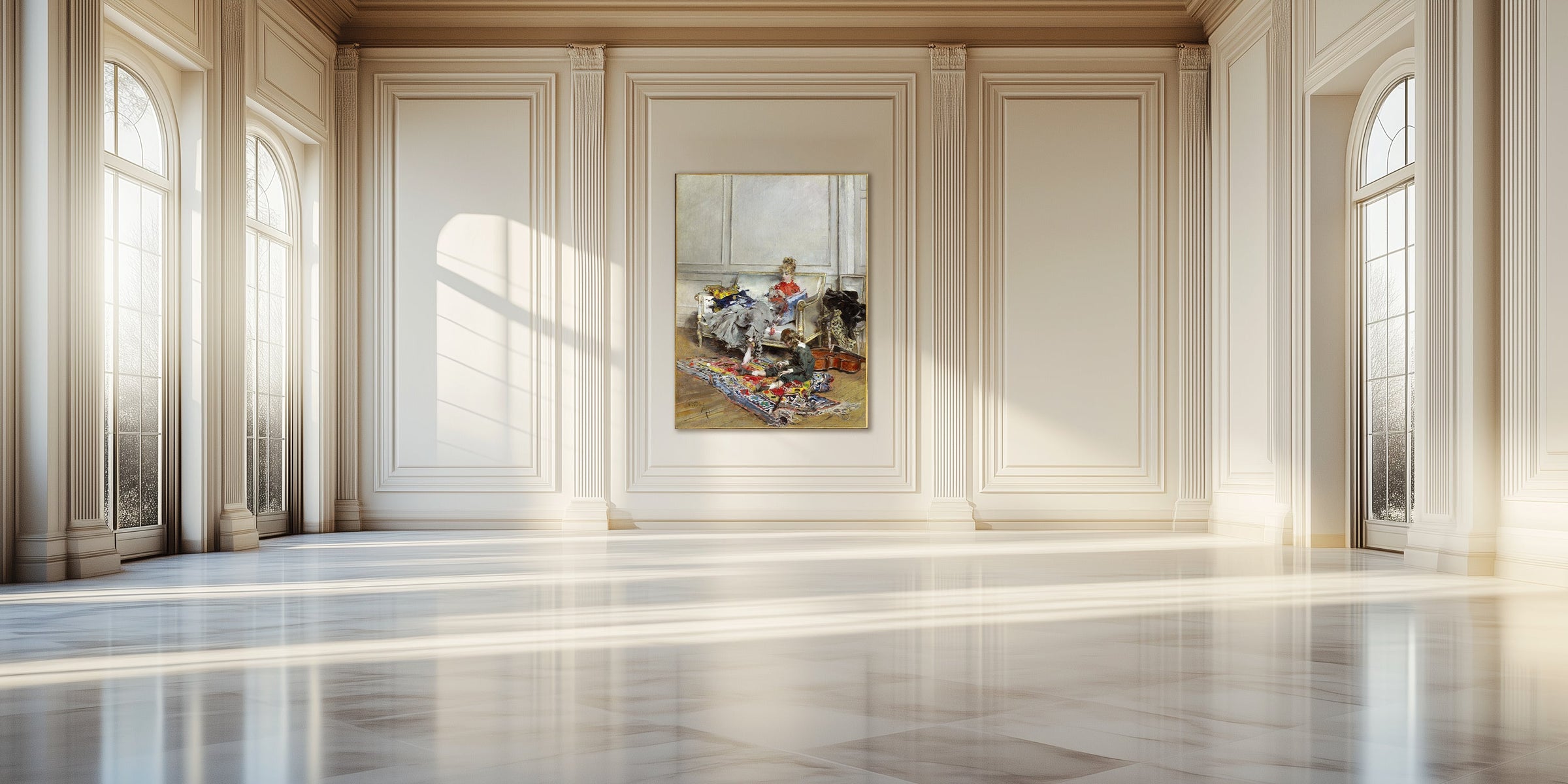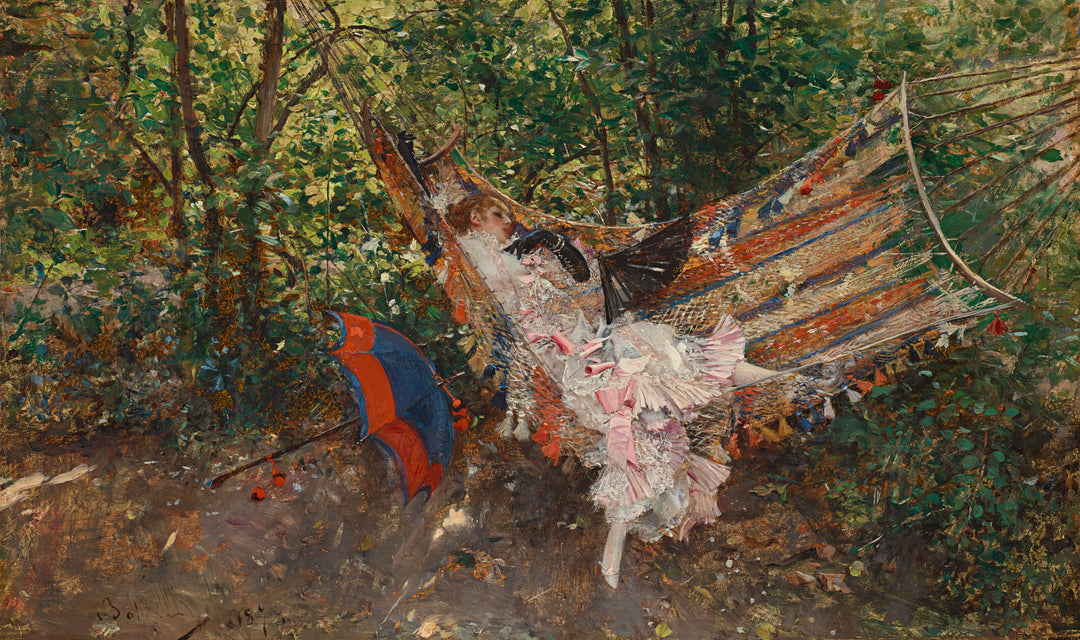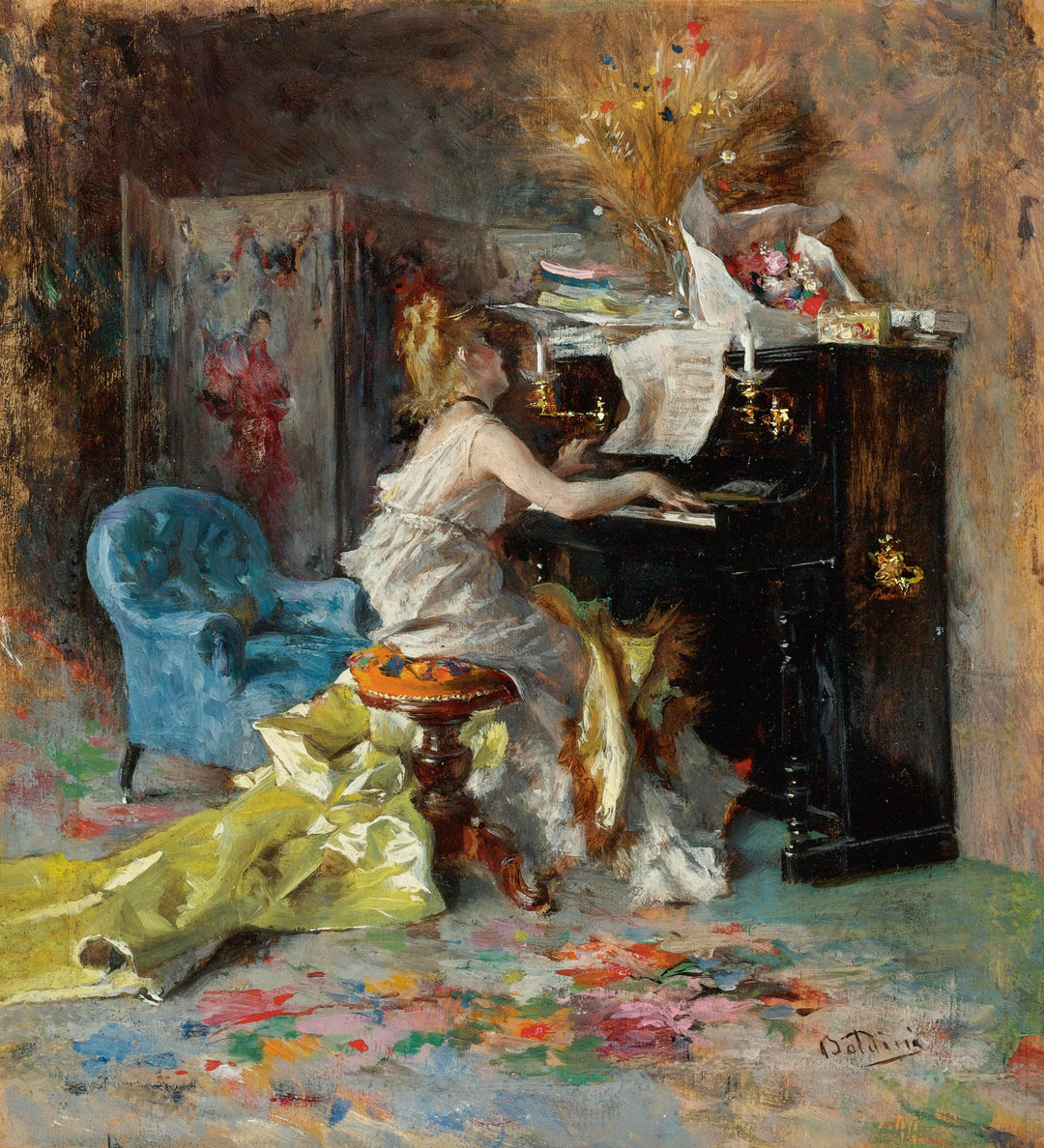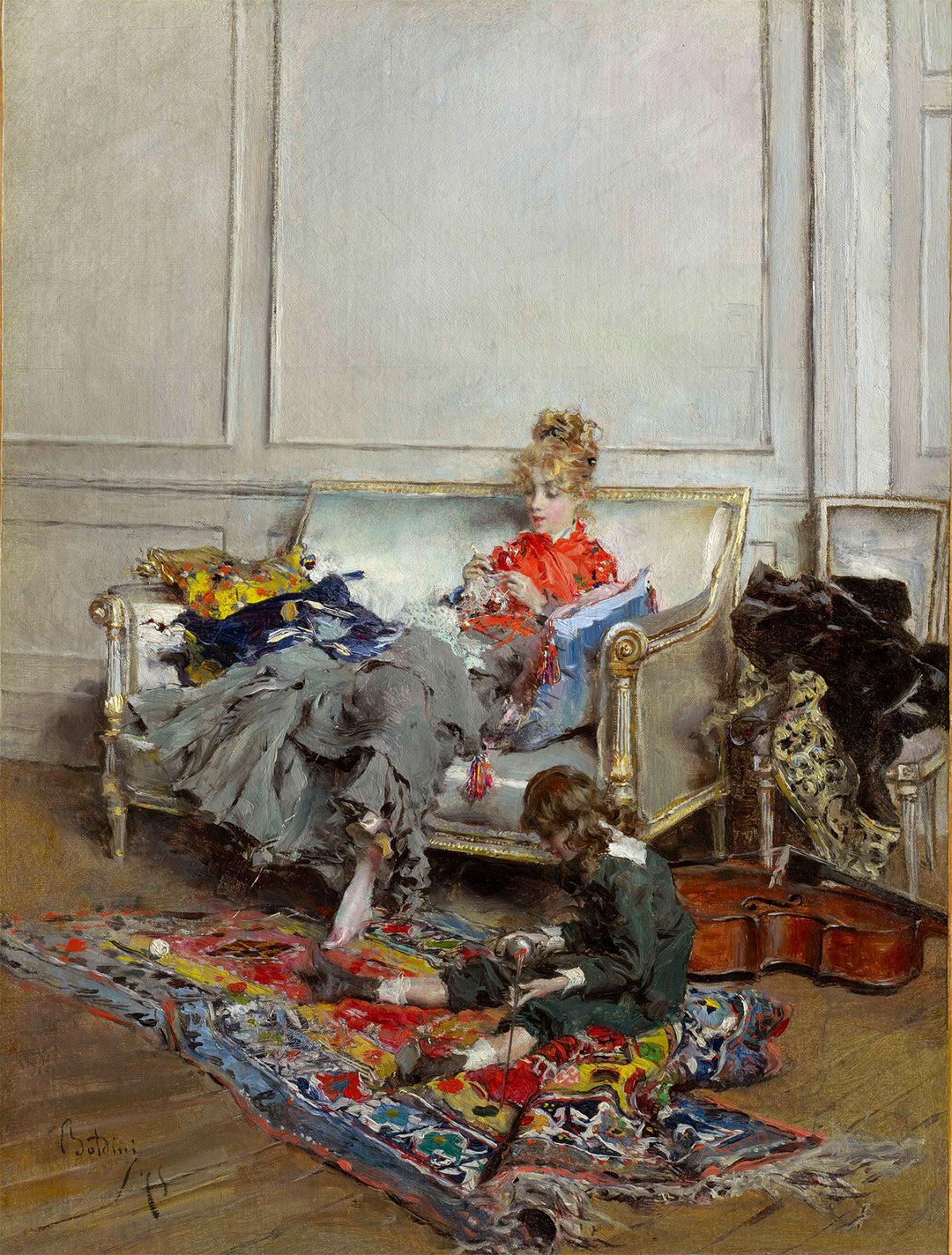
Belle Époque
The Belle Époque, a period spanning from the late 19th century to the outbreak of World War I in 1914, is characterized by a notable cultural, artistic, and economic boom in Europe, especially in France. This period saw the flourishing of the arts and a marked fascination with progress and modernity. In the artistic realm, the Belle Époque influenced various movements, including impressionism, modernism, and art nouveau, which left a lasting mark on art history.
One of the most influential movements of this period was impressionism, with artists like Pierre-Auguste Renoir, Claude Monet, and Edgar Degas at the forefront. Renoir, known for his vibrant portraits and scenes of Parisian life, captured the essence of the social dynamism of the Belle Époque in works like "Bal du moulin de la Galette" (in English, Dance at Le Moulin de la Galette). Monet, for his part, transformed the perception of nature and light in his paintings, while Degas focused on urban life and figures in motion, especially ballerinas.
Art nouveau also left a significant mark on this period, with artists like Alphonse Mucha and Gustav Klimt who combined natural elements with curved lines and ornamental designs. Mucha, with his decorative and feminine style, became a symbol of the poster art of the era, while Klimt explored themes of sensuality and symbolism in his works, challenging the artistic conventions of his time.
Additionally, the Belle Époque witnessed the expansion of modernism (in French, Art Nouveau), a movement that sought to break with academic traditions and explore new forms of artistic expression. Henri de Toulouse-Lautrec, known for his portraits of Parisian nightlife, and Paul Gauguin, with his post-impressionist explorations of exotic and spiritual life, are representative examples of this era of innovation and change.
The Belle Époque was a period of splendor and cultural effervescence that left a profound influence on art and society. The artistic movements that flourished during this time continue to be studied for their contribution to the evolution of modern art.



